By SAY San Diego Board Member, LaDreda Lewis.
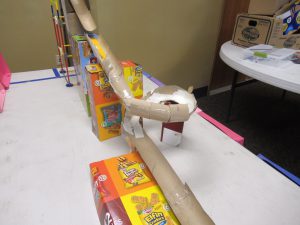
SAY San Diego was thrilled to receive a grant from Northrop Grumman to host the second annual Grand STEM Challenge Camp, in partnership with Sylvan Learning of La Mesa. The STEM Camp – focused on Science, Technology, Engineering and Math — was held at the Jacobs Center for Neighborhood Innovation for two weeks, July 10-14 and July 17-21. The focus of this year’s STEM Camp was to engage groups that are underrepresented in STEM education and careers throughout every aspect of the program.
The Grand STEM Challenge Camp uses a project-based learning approach in which students are taught engineering skills through examining a problem which needs to be solved. The week-long camp was set up so that on days 1-2, students were taught the engineering process through “mini-design challenges.” On day 3, a main challenge was introduced: “Build a machine out of K’NEX and other materials that can move a ping pong ball from a six-inch space at one end of a table to a six-inch space at the other end of the table. The ball cannot be touched, must be started with an outside force and cannot fall off the table or bounce back.” Students spent days 3-4 designing, testing and redesigning their machines. Day 5 was the final build and competition day. Participants included 60 students entering grades 3-8. Week one included a group of African American youth from The Links to STEM program and an all girls’ group formed with the support of BeWise (Better Education for Women in Science and Engineering). Week two included 7th and 8th graders from O’Farrell Charter Middle School linked to SAY San Diego’s program there, as well as participants were selected by Sylvan from students whose families previously worked with Sylvan through the San Diego Unified School District’s Supplemental Education Services (SES) and students from the Jacobs Center’s programs.
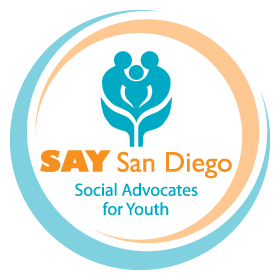
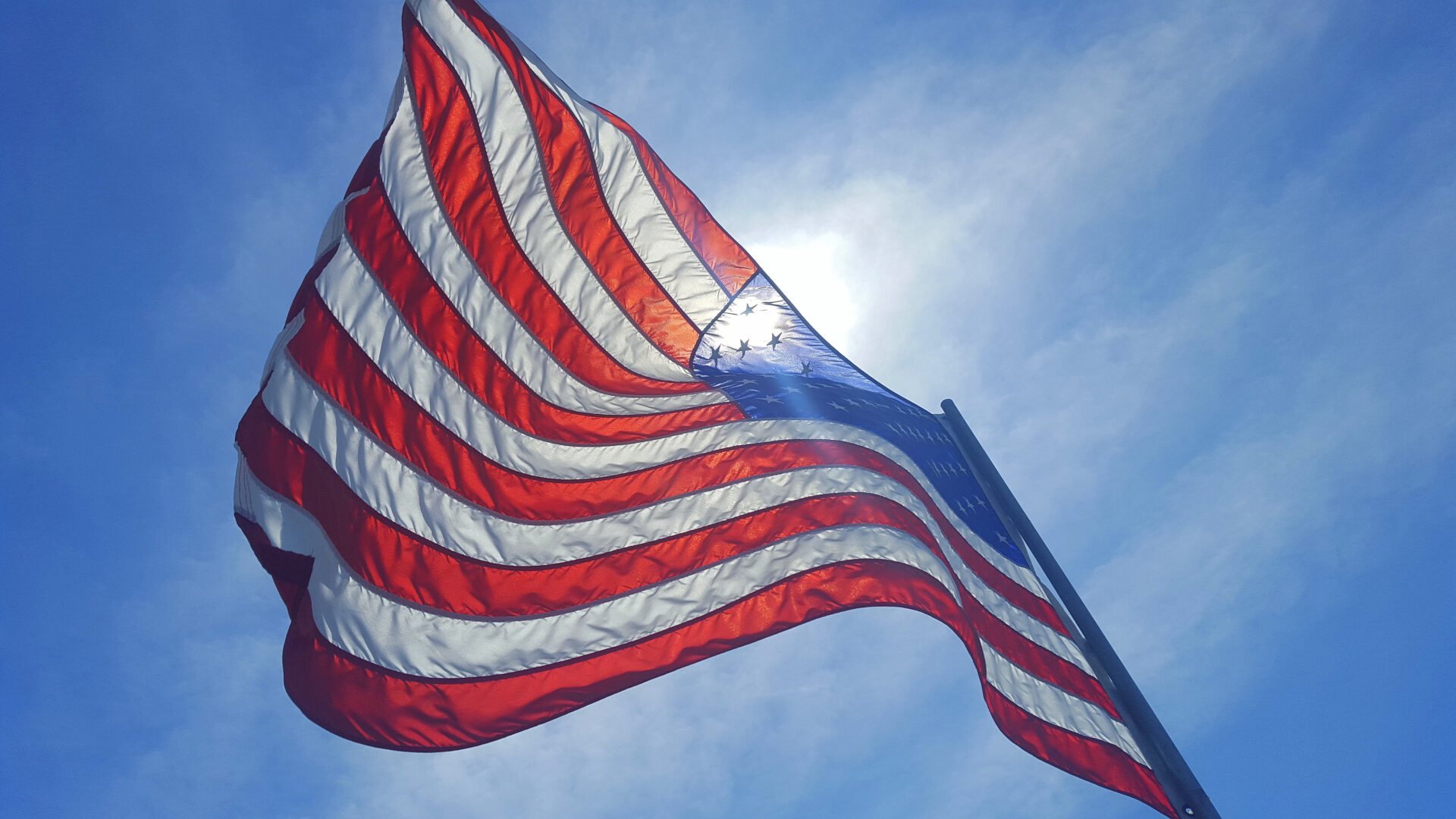
 As we close the books on the fiscal year ending June 30, 2017, and enter our 47th
As we close the books on the fiscal year ending June 30, 2017, and enter our 47th Father’s Day dates back to the middle ages when on March 19 it was celebrated as the feast day of Saint Joseph. It is celebrated worldwide on various dates but in Latin America was adopted from the March date celebrated by the founding Spanish and Portuguese explorers. However, it was not celebrated in the United States until the 20th Century.
Father’s Day dates back to the middle ages when on March 19 it was celebrated as the feast day of Saint Joseph. It is celebrated worldwide on various dates but in Latin America was adopted from the March date celebrated by the founding Spanish and Portuguese explorers. However, it was not celebrated in the United States until the 20th Century. May brings Mother’s Day. June brings Father’s Day. Both months are filled with abundant family activities – weddings, graduations, the end of the school year, the beginning of summer. Among national recognitions at this time of year is National Foster Care Month in May. Here at SAY San Diego, we celebrate the essential value and importance of family every day, and affirm family as self-defined, composed of members who are significant to one another whether related by blood, legal bonds, or bonds of caring. It is, therefore joyful for us to step back at this time to celebrate the season of the family.
May brings Mother’s Day. June brings Father’s Day. Both months are filled with abundant family activities – weddings, graduations, the end of the school year, the beginning of summer. Among national recognitions at this time of year is National Foster Care Month in May. Here at SAY San Diego, we celebrate the essential value and importance of family every day, and affirm family as self-defined, composed of members who are significant to one another whether related by blood, legal bonds, or bonds of caring. It is, therefore joyful for us to step back at this time to celebrate the season of the family.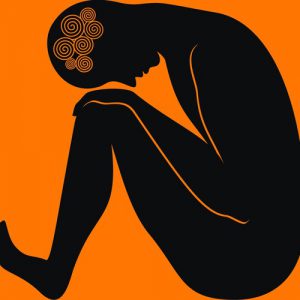

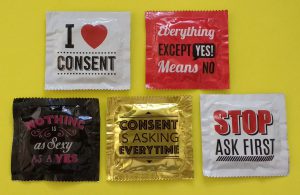 Start the Conversation: Teens talk to their parents about sex are more likely to delay sexual activity, have fewer partners, and use condoms and other contraceptives when they do have sex.
Start the Conversation: Teens talk to their parents about sex are more likely to delay sexual activity, have fewer partners, and use condoms and other contraceptives when they do have sex.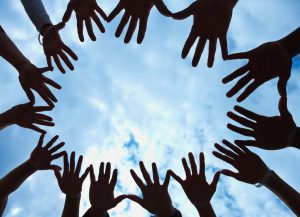
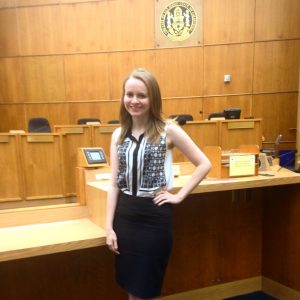 It’s been a part of my life for over five years now; longer than many of my friendships, longer than my time as an undergraduate, longer than any other volunteer or work position I’ve held. Teen Court has become a part of my life that, to my benefit, has also become a key part of my identity. This is a program that has taught me patience, empathy, and has helped shape me into the person I am proud to be today. Although I’m a volunteer for the program, Teen Court has paid me in countless ways for which I will always be grateful.
It’s been a part of my life for over five years now; longer than many of my friendships, longer than my time as an undergraduate, longer than any other volunteer or work position I’ve held. Teen Court has become a part of my life that, to my benefit, has also become a key part of my identity. This is a program that has taught me patience, empathy, and has helped shape me into the person I am proud to be today. Although I’m a volunteer for the program, Teen Court has paid me in countless ways for which I will always be grateful.